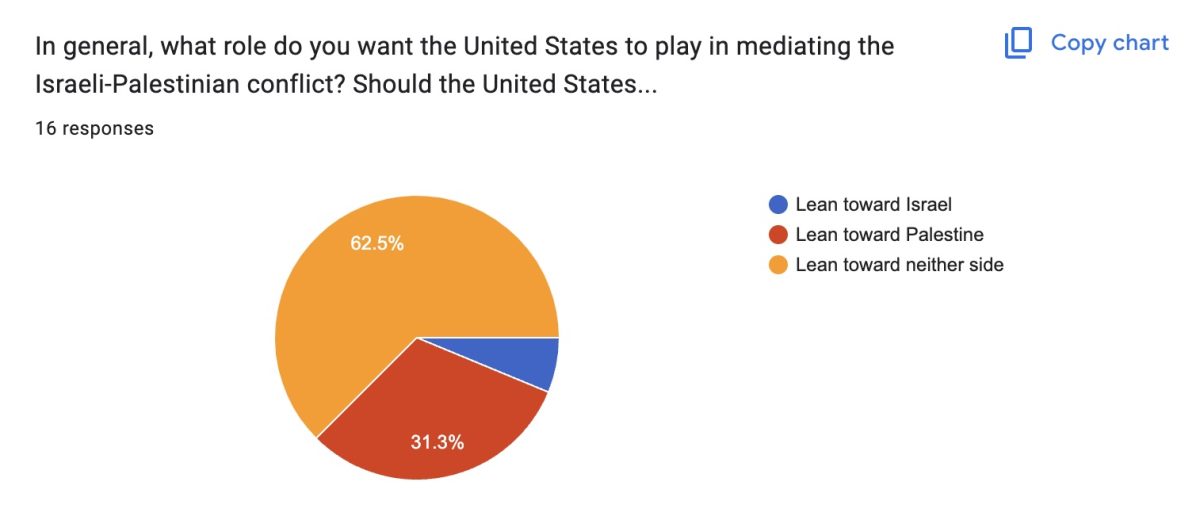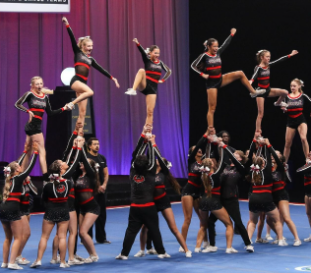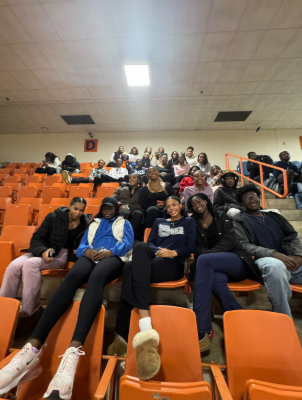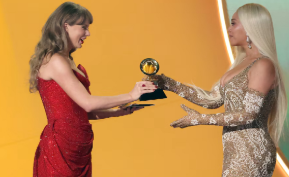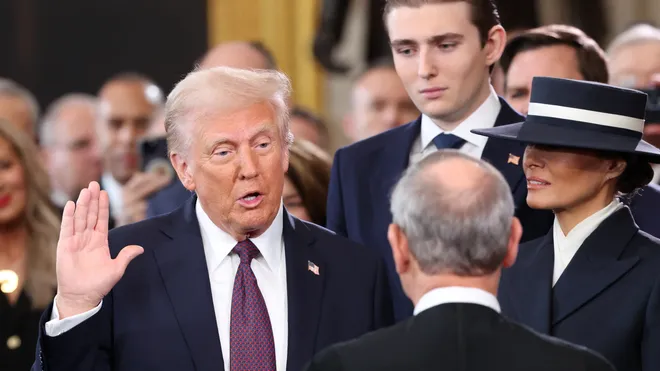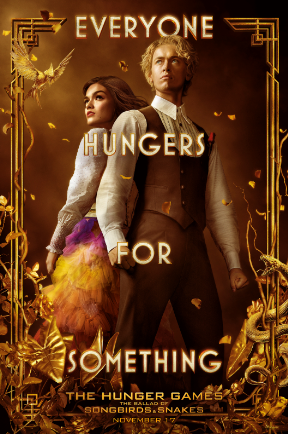
The highly anticipated prequel to the critically acclaimed and popular series The Hunger Games was released in November and lived up to its expectations. There are multiple attributes to look at, such as the seamlessness of adapting book to movie, a character analysis, and production choices and quality, such as music selection.
The original trilogy of The Hunger Games series, written by Suzanne Collins, was adapted into four films about a decade ago. These movies created a surge in fans of the dystopian genre and also sparked thoughts about the impact of power.The prequel, The Hunger Games: The Ballad of Songbirds and Snakes, was released a few years after the original trilogy, and the announcement of an adapted movie was met with very high expectations, as the first four films were a huge success and continued to gain fans.
The purpose of this prequel is to explain not how The Hunger Games were created, as that was revealed in the trilogy, but to show the development of Coriolanus Snow as he evolved into a power hungry and Capitol driven man.
Starting off with the basic components of the film, I think the casting was done well with the characters definitely looking like younger versions of themselves from the trilogy. Looks and fashion are very significant to the character themselves, such as Tigris, Snow’s cousin. The makeup and designing of costumes to match the natural features and essence of the actors enhanced the film.
Just like the first four films, the adaptation from the book to the movie was pretty seamless. Obviously it is not possible to include every scene or line from the book, but the incorporation of the same lyrics from songs, and the crossovers between the timelines were nicely added.
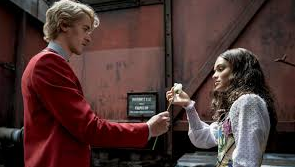
The actors also did a good job of really embracing their characters, especially Rachel Zegler as Lucy Gray Baird. In the scenes where she was singing, she would perform live for each take, which just made it better and more real. Tom Blythe as Coriolanus Snow made for a very impressionable character, and the scene that stood out the most to me was when he was in a forest just after Lucy Gray had left him for good. He was able to portray a lot of complicated emotions and internal conflict in a tense scene well.
The choice to format the movie like the novel was a nice way to keep it more original. There were three parts, like three different periods in the story of Coriolanus Snow. The first scene in the film is of Coriolanus and his cousin, Tigris, starving in the Capitol during the period of revolt from the districts, and the last scene from the movie is Coriolanus, now grown and power hungry after living through a game and working his way back to the Capitol after banishment to the districts, standing in front of the Capitol buildings alone.
I really liked this use of cinematography because it drew the entire story together nicely and showed how much he changed throughout the movie.
Going into the movie, fans brought expectations but also were hoping to see parallels and some connections to the original trilogy. I think that if you saw the first four movies or read the books before going to see The Hunger Games: The Ballad of Songbirds and Snakes, you would definitely find more complexity.
The complicated lore that The Hunger Games series has is what gives it so much attention and keeps people generating theories, so it was fun to give the story more explanation and insight but also keep watchers to keep discussing ideas and discovering smaller details.

I will mention that the only thing I think that could’ve been added to the movie that was a much larger part of the book is more emphasis on Coriolanus’s love for Lucy Gray. It’s clear that they were in love, which is why he used bribery to go to district 12 to be with Lucy Gray instead of 8.If the film went deeper into how much he actually loved her, I think it would just add to the character development and show how much she really changed him and her lasting effect on him, even until his death.
One character who doesn’t have a very large part in the movie but I still enjoyed was Lucky Flickerman. As the host of the games, he could, and probably should be serious, somber, or even a little empathetic out of respect to the tributes and the districts, but instead he acts as one from the Capitol would act. Despite his ignorance, I found that this, combined with his witty remarks as a host made him a really funny character. He only had a few lines in the entire movie, but he kept it light and cracked jokes at intense moments, which I enjoyed.
The last thing, which also holds great importance in the movie, is the musical component. The songs that Lucy Gray Baird performs are produced well and match well with her personality, keeping it authentic. Though the lyrics were already written by Suzanne Collins, I loved the instrumentation added and thought it fit really well, definitely meeting the expectations set by “songbird” being in the title.
As a whole, this movie sat at just over two and a half hours, and each minute held as much significance as the rest. The cohesiveness of scenes and characters, the raw performances, and the attention to detail made The Hunger Games: The Ballad of Songbirds and Snakes one of the best movies to come out of 2023, and continued to keep The Hunger Games series very much alive while keeping the question of how money, power, and love really affect a person in the end.


